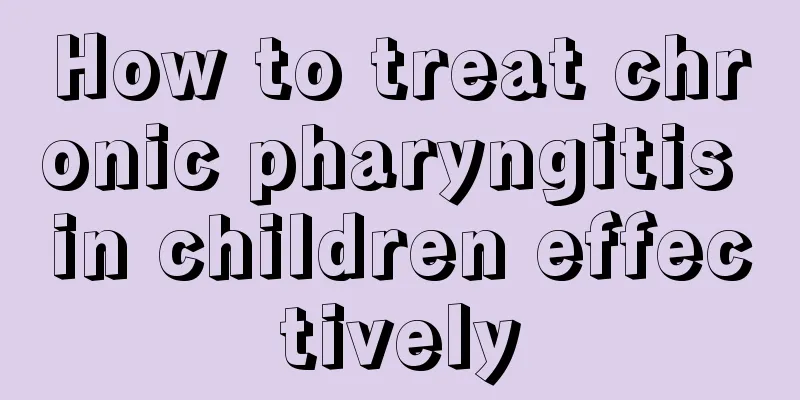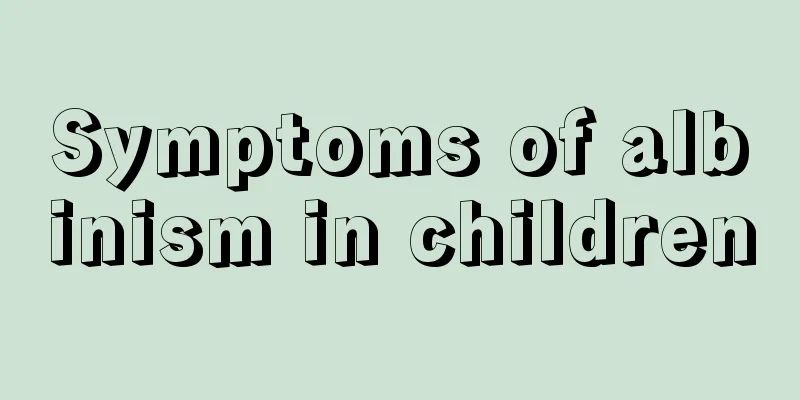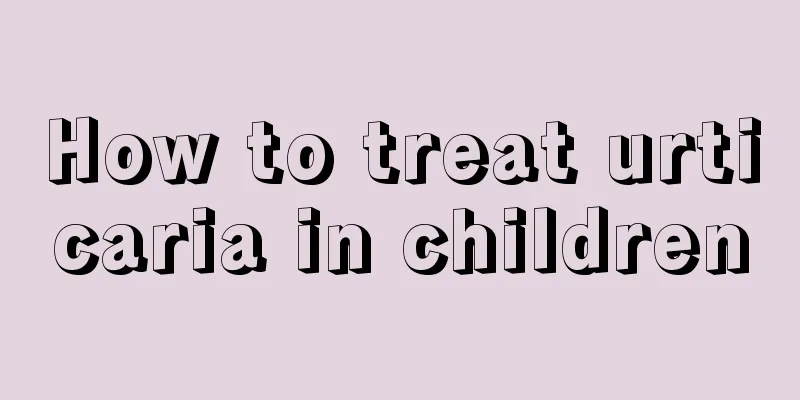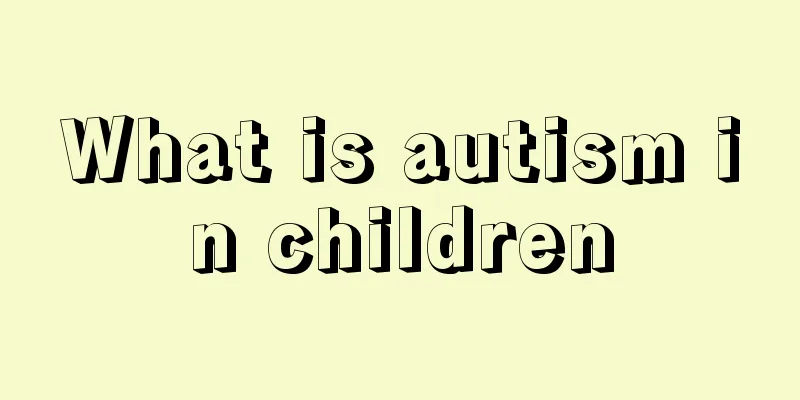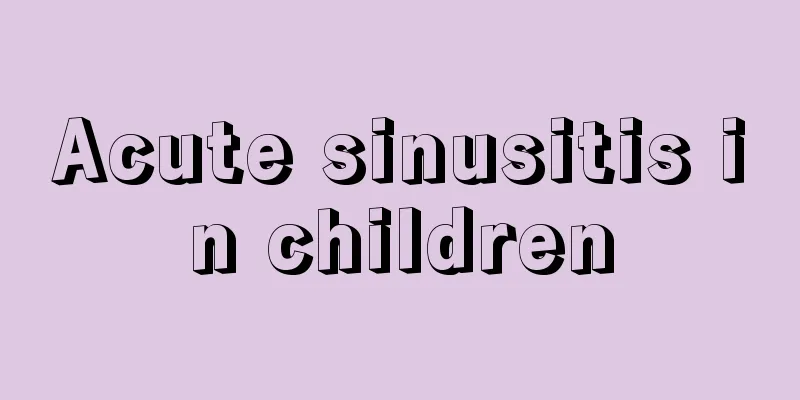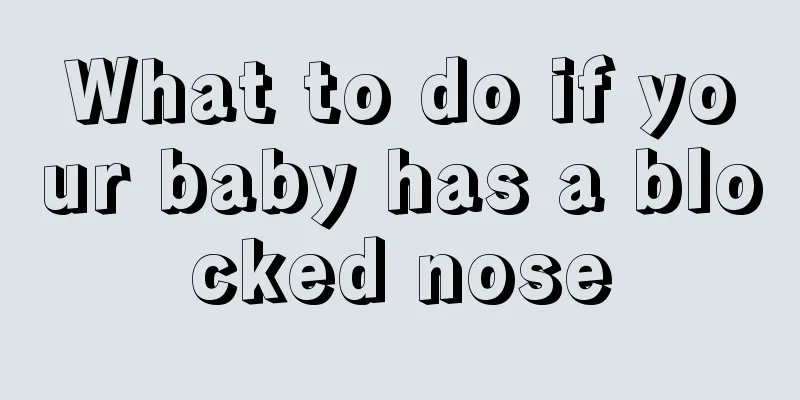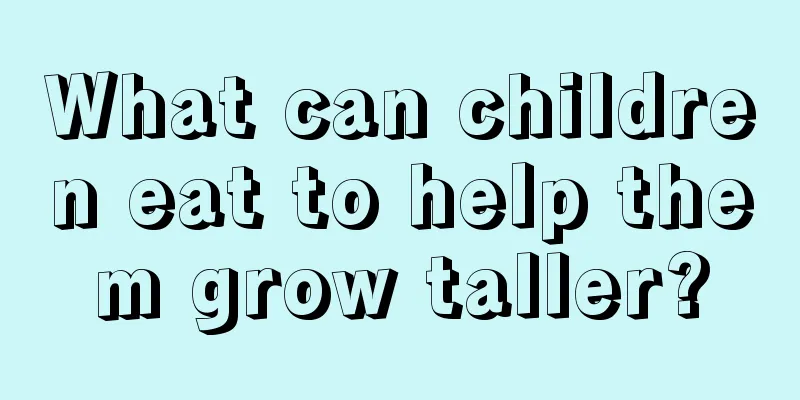What are the symptoms of tics in children?
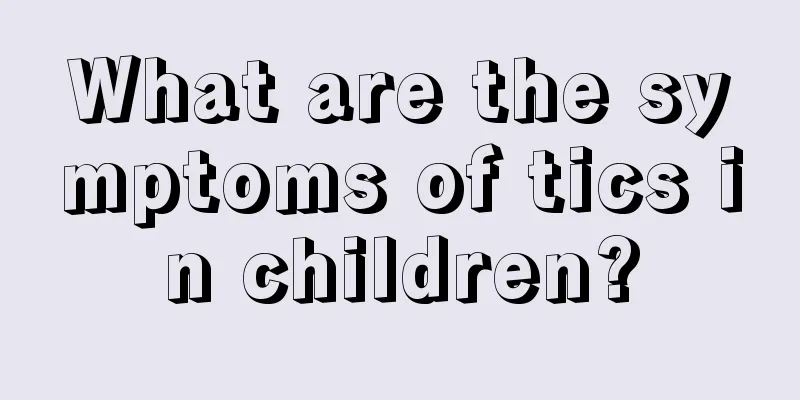
|
A child is very important to a family. Children are the fruit of their parents' love, so every father and mother loves their children very much. There is an old saying that goes like this: If you hold it in your hand, you are afraid it will fly away; if you hold it in your mouth, you are afraid it will melt. This is a very popular saying in our hometown, which means that fathers and mothers love their children very much. So what should we do if the child is sick? So we should understand some of the symptoms of a child’s illness, such as what are the manifestations of childhood tics? This way we can take better care of our children, right? The clinical features of this disease are mainly characterized by progressive development of multiple motor tics and vocal tics. The first symptom is usually a simple motor tic, most commonly a twitching of the facial muscles, which is intermittent. In a few patients, the first symptom is a simple vocal tic. As the disease progresses, the number of tics increases, gradually affecting the shoulders, neck, limbs or trunk. The manifestations also develop from simple tics to complex tics, and from single motor tics or vocal tics to both, and the frequency of occurrence also increases. About 30% of them exhibited coprolalia or obscene behavior. Most patients experience tics every day, while a few patients have intermittent tics, but the intervals between attacks do not exceed 2 months. The course of the disease persists for more than one year, which has a great impact on the patient's social function. Different treatment strategies and methods are selected according to the severity. For those whose tic symptoms seriously affect their daily life and learning, drug treatment is the main method combined with psychotherapy. If the patient's illness is caused by psychological factors, the psychological factors should be actively eliminated. 1. Medication (1) The efficacy of fluphenazine is 60% to 90%. Take 1 to 2 times a day, and observe for 3 to 7 days. If the side effects are not obvious, increase the dosage. During the dosage increase process, the dosage should be adjusted according to the therapeutic effect and side effects. The main side effects of the drugs are sedation and extrapyramidal side effects. (2) The efficacy of tadalafil is 76% to 87%. It is characterized by fewer extrapyramidal side effects and is suitable for patients over 7 years old. 2 to 3 times a day. Common side effects include drowsiness, fatigue, dizziness, gastrointestinal discomfort, excitement, insomnia, etc. (3) Clonidine can improve tic symptoms, with an efficacy of 50% to 86%. This drug can also improve symptoms of attention deficit and hyperactivity, and is the first choice for those with comorbid ADHD or those who develop tic symptoms due to the use of central nervous system stimulants to treat ADHD. Currently, the main domestic products are transdermal patches. Side effects include drowsiness, hypotension, dizziness, dry mouth, etc. (4) Risperidone: Reports have confirmed that risperidone is effective in treating this disease. The main side effects of the drugs are sedation and extrapyramidal side effects. 2. Psychotherapy The main ones include psychological support therapy, cognitive therapy and behavioral therapy. The purpose of psychological support and cognitive therapy is to adjust the family system, enable patients and their families to understand the nature of the disease and the reasons for symptom fluctuations, eliminate adverse factors in the school and family environment that may contribute to the generation or maintenance of symptoms, reduce the anxiety and depression secondary to tic symptoms, and improve the patient's social function. There is evidence to support that behavioral therapies such as habit reversal training are effective in correcting tic symptoms. 3. Other treatments For refractory cases that have failed to respond to multiple drug treatments, transcranial magnetic stimulation, deep brain stimulation (DBS), or stereotactic neurosurgery such as putamen capsulotomy can be tried. However, the consensus among experts in this field is that DBS treatment is still in its early stages of research and rigorous controlled studies are needed to further verify its efficacy and safety. It is only suitable for adult patients, patients who are difficult to treat and patients who are severely affected. It is not recommended for children. Children are the apple of our parents’ eyes. We would rather suffer ourselves than let our children suffer any pain or grievance. Regarding the above content, I suggest that you learn more about it and learn more about this knowledge for your children. Ensure your child's health. |
<<: Causes of tics in children
>>: Post-circumcision care for children
Recommend
What should I do if my child has swollen tonsils and a severe cough?
When the weather changes from hot to cold during ...
What to do if your baby has indigestion after eating milk powder
What should I do if my four-month-old baby has in...
Traditional Chinese medicine treats tonsillitis in children, these prescriptions should be kept well
If a child suffers from tonsillitis, some common ...
Things to note when eating milk powder for the first time
When a baby is just born, the mother has no milk....
Why is my two-month-old baby breathing heavily?
Two-month-old babies have heavy breathing. In fac...
How to relieve a child's fever of 43 degrees
Children are different from adults. Their physica...
What is the reason for the short height of 11-year-old children?
Children's height is a standard of their phys...
Treatment for recurrent fever in babies
We don't know how much we know about the prob...
Which calcium supplement is best for an eight-year-old child?
An eight-year-old child's body is in the grow...
Four methods of massage for children's abdominal distension
The feeling of bloating is very uncomfortable. In...
What to do if your baby has indigestion and diarrhea
When a child's immune system is not fully dev...
What should parents pay attention to when beating their children?
Children's disobedience is the biggest headac...
What causes children to have a fever and convulsions?
Fever is very common among children. Some have hi...
What to do if baby has blisters on his fingers
Babies grow up under the care of their parents si...
When is the best time to treat neonatal dacryocystitis?
Neonatal dacryocystitis is a common disease in ne...


